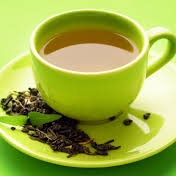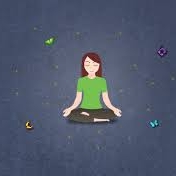Good Digestive Health Post #5
What we put in our bodies is as important as how our digestive system functions. So obviously, no discussion of things to know about the digestive system would be complete without mentioning the importance of what we eat.
Every time you eat is an opportunity to nourish your body. That is why it is important to eat organic whole foods and animals that were pasture raised without antibiotics. But what nourishes some of us, might harm others. I’m sure by now you’ve heard about certain foods that cause an adverse reaction in many people: dairy, gluten, even other grains and nightshade vegetables. But for a small portion of the population, it could be raw vegetables, certain fruits, nuts or shellfish.
A person with a food allergy could have a wide array of reactions: from immediate vomiting to anaphylactic shock or potentially even death. Others who are allergic might get a rash, or hives or something annoying and even alarming, but not life threatening.
It is much more difficult to pinpoint when someone is intolerant – as opposed to allergic – to a particular food. There are many new tests that measure food intolerances that have come out in recent years, but some of these tests are unreliable and could give false negatives or positives. Some practitioners use muscle testing to determine what foods are problematic for their patients, but that diagnostic practice can be unreliable.
There are clues that we can use to try to detect a food intolerance. Overt symptoms such as intestinal gas, abdominal pain or diarrhea might be common for some people and, so long as you are paying attention, you will see the correlation between what you eat and how you feel. A good way to pay attention is to keep a food journal, complete with a section explaining how you felt at several points of the day. That way, you might see a pattern or patterns between your diet and your wellbeing.
But for some people, the symptoms are not as obvious. Asthma, arthritis, inability to lose weight, depression, anxiety and even neurological disorders might stem from food intolerances. For one person, taking an irritant out of the diet could turn ill health around immediately while for another, it might take a very long time and include multiple steps. But if you have not felt well for some time and no pill or medical intervention is helping, looking at your diet will always be a good idea – it is, after all, the least invasive way to treat. A good rule of thumb is that it takes at least 30 days to rid the body entirely of a food that might be harmful. So, begin an elimination diet by taking out one food at a time for at least 30-60 days. But with this approach it is important to know that there can be absolutely no cheating – even a small amount of food that you cannot process or digest can trigger a systemic response.
It is possible that if a person eats an extreme amount of a certain food (eggs, for example) a person can become intolerant to that food. Sometimes, all it takes is holding off on eating that food for a period of time before reintroducing it at a later date.
In the end, the food we can handle is highly individualized and depends on many factors – genes, personal history with a particular food, the presence of a leaky gut (generally caused by antibiotics), toxicity in the environment, lifelong dietary habits and exposures. Which is why there is no magic formula for healing from a food intolerance. The good news is that you have the power to heal yourself – your body knows what to do, it just needs you to do a little detective work to find what you need.






